Real0ne
Posts: 21189
Joined: 10/25/2004
Status: offline

|
quote:
ORIGINAL: jlf1961
This bullshit again. Give it a break.
quote:
Ohio passed a resolution that purported to withdraw its ratification on January 15, 1868. The New Jersey legislature also tried to rescind its ratification on February 20, 1868, citing procedural problems with the amendment's congressional passage, including that specific states were unlawfully denied representation in the House and the Senate at the time.[51] The New Jersey governor had vetoed his state's withdrawal on March 5, and the legislature overrode the veto on March 24.
On July 20, 1868, Secretary of State William H. Seward certified that the amendment had become part of the Constitution if the rescissions were ineffective, and presuming also that the later ratifications by states whose governments had been reconstituted superseded the initial rejection of the prior state legislatures.[52]
The Congress responded on the following day, declaring that the amendment was part of the Constitution and ordering Seward to promulgate the amendment.
Where is the amendment to supercede? What is the criteria for this decision? Where are the debates on the floor since the matter was in controversey?
Meanwhile, two additional states had ratified the amendment:
1. Alabama (July 13, 1868, the date the ratification was "approved" by the governor)
2. Georgia (July 21, 1868, after having rejected it on November 9, 1866) (FORCED at the end of a barrel of a gun!)
Thus, on July 28, Seward was able to certify unconditionally that the amendment was part of the Constitution without having to endorse the Congress's assertion that the withdrawals were ineffective. source
What authority did seward have ot make those determinations?
Conspiracy THEORY websites point out that:
quote:
Congress was not satisfied with the proclamation as issued and on the next day passed a concurrent resolution wherein it was resolved "That said fourteenth article is hereby declared to be a part of the Constitution of the United States, and it shall be duly promulgated as such by the Secretary of State." Thereupon, William H. Seward, the Secretary of State, after setting forth the concurrent resolution of both houses of Congress, then certified that the amendment "has become valid to all intents and purposes as a part of the Constitution of the United States."
The Supreme Court of the United States is the ultimate authority on the meaning of the Constitution and has never hesitated in a proper case to declare an act of Congress unconstitutional - except when the act purported to amend the Constitution. (YEP stacked deck! no way that can be a conspiracy!)
The duty of the Secretary of State was ministerial, to wit, to count and determine when three fourths of the states had ratified the proposed amendment. He could not determine that a state once having rejected a proposed amendment could thereafter approve it, nor could he determine that a state once having ratified that proposal could thereafter reject it. The court and not Congress should determine such matters. Consistency would seem to require that a vote once cast would be final or would not be final, whether the first vote was for ratification or rejection.
In order to have 27 states ratify the Fourteenth Amendment, it was necessary to count those states which had first rejected and then under the duress of military occupation had ratified, and then also to count those states which initially ratified but subsequently rejected the proposal.
To leave such dishonest counting to a fractional part of Congress is dangerous in the extreme. What is to prevent any political party having control of both houses of Congress from refusing to seat the opposition and then without more passing a joint resolution to the effect that the Constitution is amended and that it is the duty of the Administrator of the General Services Administration to proclaim the adoption? Would the Supreme Court of the United States still say the problem was political and refuse to determine whether constitutional standards had been met?
How can it be conceived in the minds of anyone that a combination of powerful states can by force of arms deny another state a right to have representation in Congress until it has ratified an amendment which its people oppose? The Fourteenth Amendment was adopted by means almost as bad as that suggested above.Dyett v. Turner, 439 P. 2d 266 - Utah: Supreme Court 1968
So where in the constitution does it enumerate that one group of states have the authority and power to FORCE another group of states to vote at the end of a barrel of a gun?
quote:
ORIGINAL: DarkSteven
I am at a loss. Your basic claim seems to be that the South's position, taken before the Civil War (and thus about as applicable as a defeated country's laws prior to them getting beaten) somehow trumps decades of case law, proven multiple times in multiple courts?
was this for me? or jlf?
If its for me what I posted is not so much directed at the south's position but equal suffrage in congress and the rule of law and in accord with jeffersons manual on parliamentary procedure and requirements to pass an amendment to the constituton.
Since they had to manipulate the count to pretend it went through how can anyone consider that valid and lawfully passed or ratified?
if you are the ceo of your corporation and the board does not follow the rules to pass a new by-law do you just say oh ok thats fine or do you say hey its bs?
< Message edited by Real0ne -- 3/14/2011 9:40:35 AM >
_____________________________
"We the Borg" of the us imperialists....resistance is futile
Democracy; The 'People' voted on 'which' amendment?
Yesterdays tinfoil is today's reality!
"No man's life, liberty, or property is safe while the legislature is in session
|


 Profile
Profile


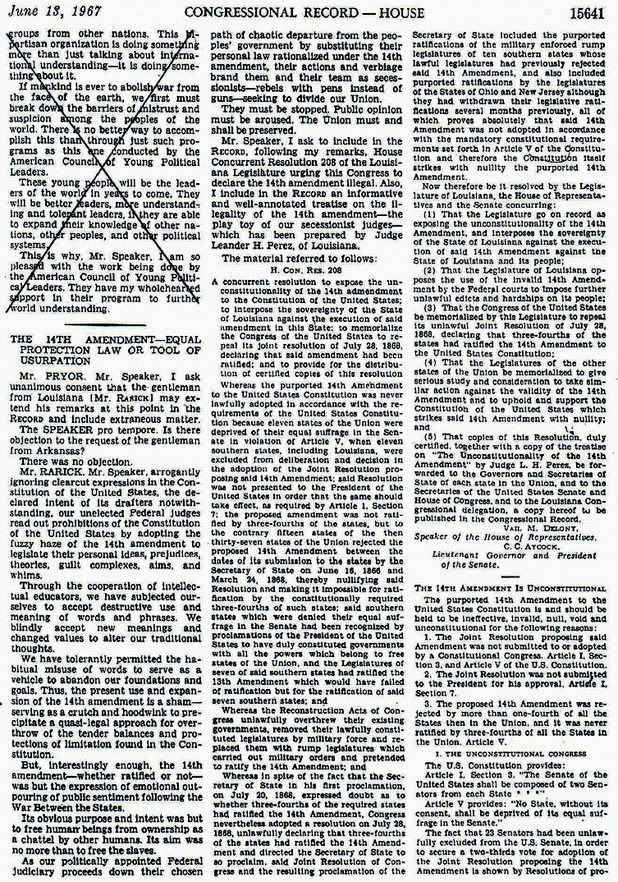
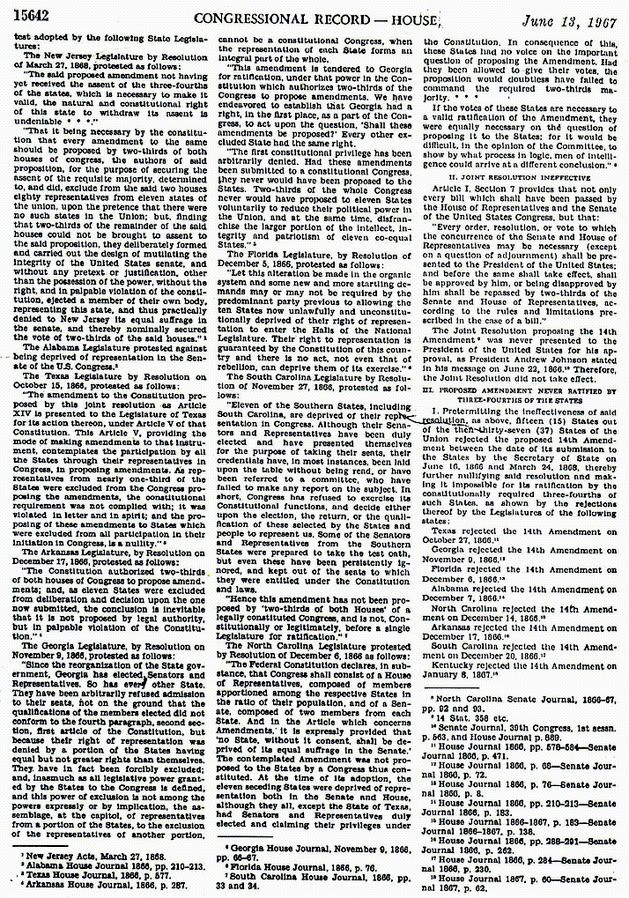
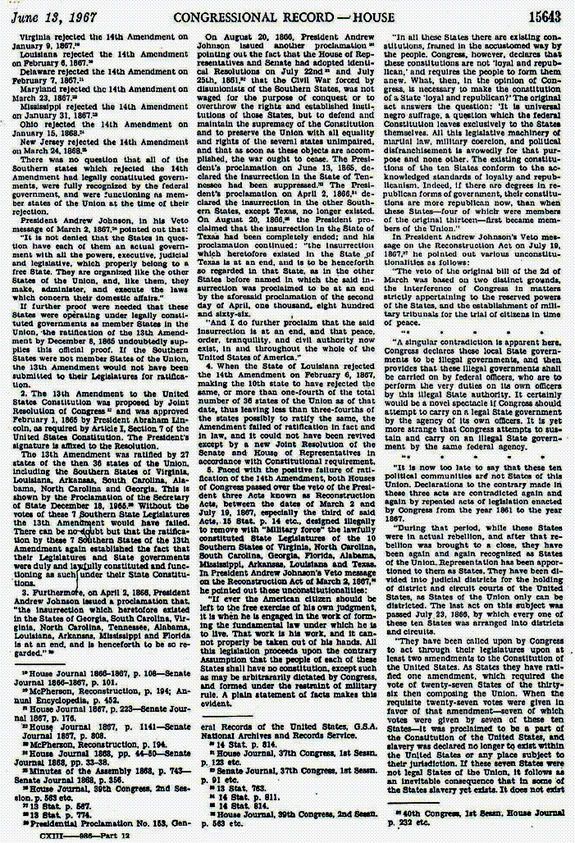
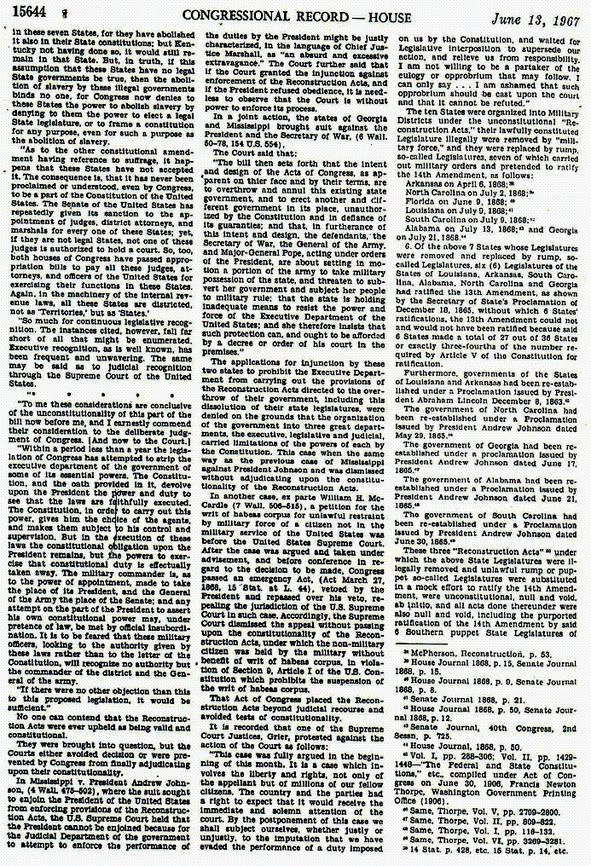
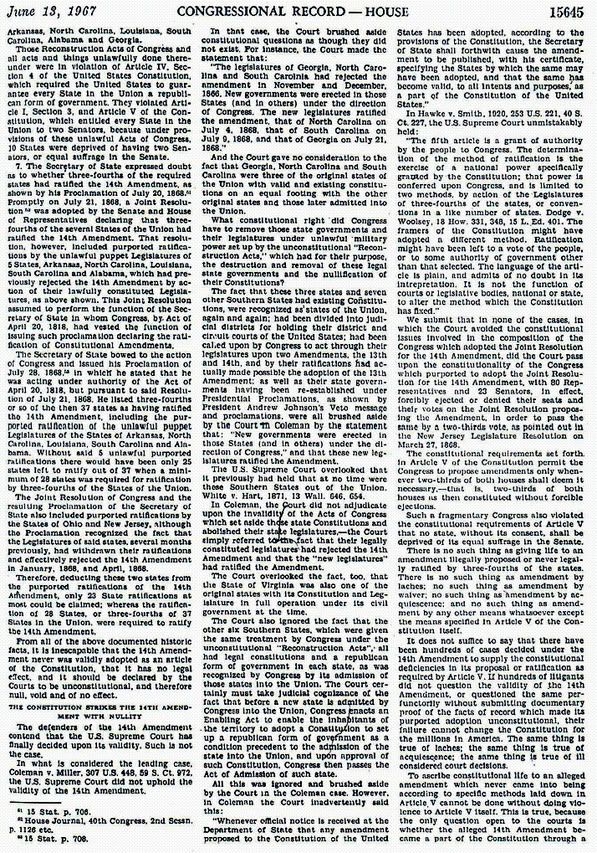
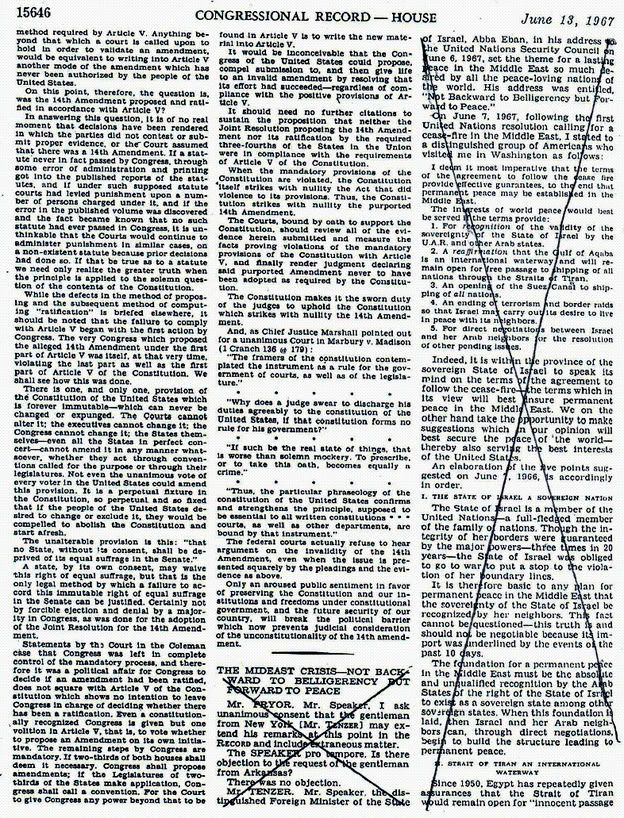
 New Messages
New Messages No New Messages
No New Messages Hot Topic w/ New Messages
Hot Topic w/ New Messages Hot Topic w/o New Messages
Hot Topic w/o New Messages Locked w/ New Messages
Locked w/ New Messages Locked w/o New Messages
Locked w/o New Messages Post New Thread
Post New Thread